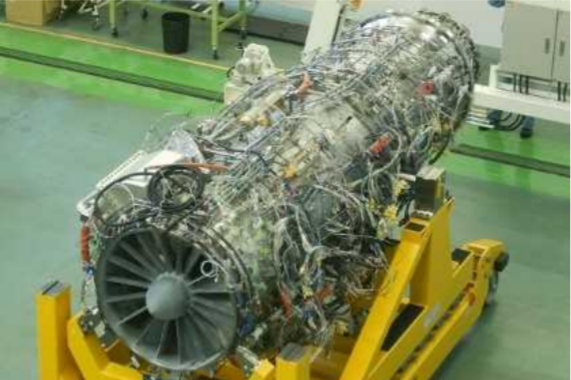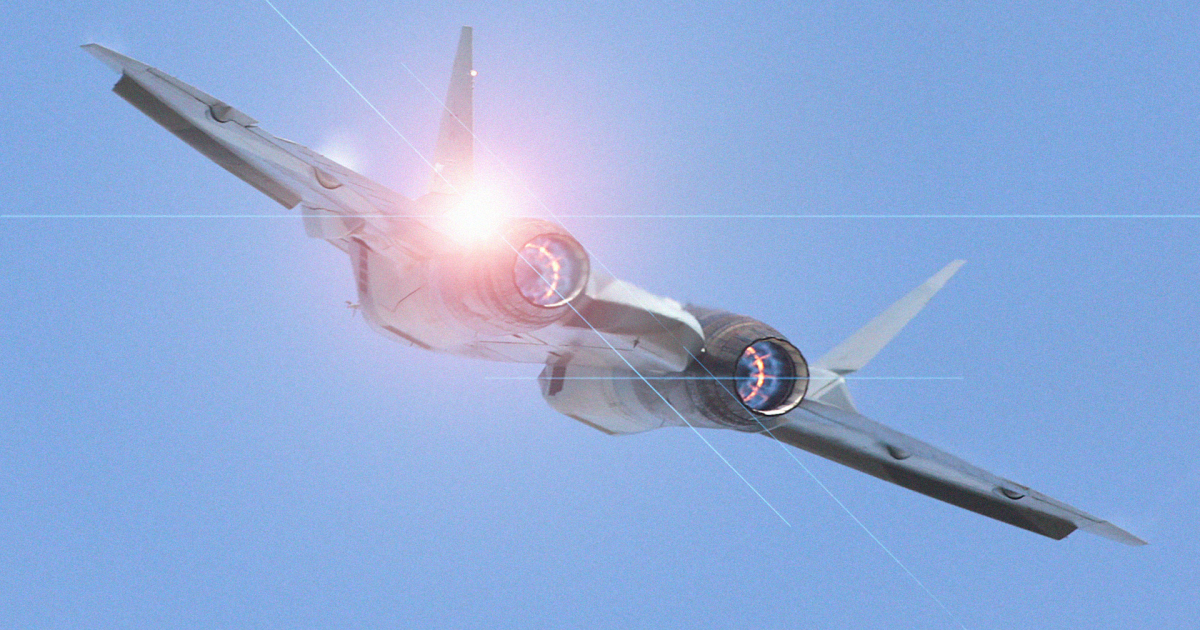- Joined
- 27 December 2005
- Messages
- 17,748
- Reaction score
- 26,409
So, trying to compile some actual information on modern engines. additions and corrections welcome.
* indicates estimates or uncorroborated figures.
Russian Engines
Note: Allegedly no AL-41F prototype got close to 18000kg thrust.
US Engines
Note: The original F404-400 has BPR of 0.34. The YF119-PW-100L had a longer length of 5.156 m (203 inches) due to prototype nozzle structure.
European Engines
Chinese Engines
Others
* indicates estimates or uncorroborated figures.
Russian Engines
| Designation | Layout | Mass Flow | Comp Ratio | Bypass Ratio | Weight kg | Inlet Dia. m | Max Dia. m | Length m | TET K | Dry Thrust | A/B Thrust kg | Special Thrust kg | SFC Cruise | SFC Mil | SFC A/B | Engine Life h |
| AL-41F1? Izdeliye 30 | 3/5/1/1 | 1450* | 2000-2100 | 11000* | 17000* | 18000* | ||||||||||
| AL-41F1 Izdeliye 117 | 4/9/1/1 | 1.18* | 4.942* | 9000 | 14500 | 15000 | 0.655 | |||||||||
| AL-41F1S Izdeliye 117S | 4/9/1/1 | 122kg/s* | 1604 | 0.932 | 1.18* | 4.942 | 1745 | 8800 | 14000 | 14500 | 0.77 | 1.78 | 4000 | |||
| AL-41F Izdeliye 20 | 3/6/1/1* | 135kg/s* | 1600* | 1.28* | 4.990* | 1873 | 18000 | |||||||||
| AL-31F | 4/9/1/1 | 110kg/s | 23:1 | 0.59 | 1530 | 0.905 | 1.18 | 4.945 | 1665 | 7770 | 12500 | - | 0.67 | 0.75 | 1.92 | 1500 |
Note: Allegedly no AL-41F prototype got close to 18000kg thrust.
US Engines
| Designation | Layout | Mass Flow kg/s lb/s | Comp Ratio | Bypass Ratio | Weight kg lb | Inlet Dia m in | Max Dia m in | Length m in | TET K F | Dry Thrust kgf lbf | A/B Thrust kgf lbf | SFC Cruise lb/lbf*h | SFC Mil lb/lbf*h | SFC A/B lb/lbf*h | Engine Life cycles or hours |
| F135-PW-100/400 | 3/6/1/2 | 28:1* | 0.57 | 2,913 6,422 | 1.092 43 | 1.17 46 | 5.588 220 | 2,260 3,600 | 12,700 28,000 | 19,504 43,000 | 4,000h | ||||
| F119-PW-100 | 3/6/1/1 | 26:1* | 0.3* | ~2,270 ~5,000 | ~1.0 ~40 | ~1.3 ~50 | 4.978 196 | 1,922 3,000 | 11,793 26,000 | 15,875 35,000 | 8,650c | ||||
| F136-GE-100 | 3/5/1/3 | 172.4 380 | ~1.2 ~48 | 12,700 28,000 | 19,504 43,000 | 4,000h | |||||||||
| YF120-GE-100 | 2/5/1/1 3/4/1/1 | 0.32* | >10,659 >23,500 | 15,875 35,000 | |||||||||||
| F110-GE-132 | 3/9/1/2 | 124.7 275 | 33.3:1 | 0.68 | 1,837 4,050 | 0.906 35.66 | 1.18 46.5 | 4.62 181.9 | 8,618 19,000 | 14,741 32,500 | 8,600c | ||||
| F110-GE-129 | 3/9/1/2 | 122.4 270 | 30.7:1 | 0.76 | 1,778 3,920 | 0.906 35.66 | 1.18 46.5 | 4.62 181.9 | 1,783 2,750 | 7,781 17,155 | 13,381 29,500 | 0.58 | 0.688 | 2.10 | 12,000c |
| F100-PW-232 (229A) | 3/10/2/2 | 124.7 275 | 1,860 4,100 | 0.88 34.8 | 1.18 46.5 | 4.851 191 | 9,117 20,100 | 14,741 32,500 | 8,600c | ||||||
| F100-PW-229 | 3/10/2/2 | 112.5 248 | 32:1 | 0.36 | 1,737 3,829 | 0.88 34.8 | 1.18 46.5 | 4.851 191 | 1,622 2,460 | 8,074 17,800 | 13,227 29,160 | 0.76 | 1.94 | 12,000c | |
| F414 EPE | 2/6/1/1 | 84.8 187 | 30:1 | 11,793 26,000 | 4,000h | ||||||||||
| F414-GE-400 | 3/7/1/1 | 77.1 170 | 30:1 | 0.25 | 1,109 2,445 | 0.787 31 | 0.889 35 | 3.91 154 | 6,668 14,700 | 9,979 22,000 | 0.84 | 1.85 | 4,000h | ||
| F404-GE-402/102 | 3/7/1/1 | 66.2 146 | 26:1 | 0.27 | 1,035 2,282 | 0.711 28 | 0.889 35 | 3.91 154 | 1,760 2,708 | 4,990 11,000 | 8,029 17,700 | 0.81 | 1.74 | 4,000h |
European Engines
| Designation | Layout | Mass Flow kg/s | Comp Ratio | Bypass Ratio | Weight kg | Inlet Dia m | Max Dia m | Length m | TET K | Dry Thrust kgf | A/B Thrust kgf | Special Thrust | SFC Cruise | SFC Mil | SFC A/B | Engine Life h |
| EJ200 | 3/5/1/1 | 77 | 26:1 | 0.4 | 990 | 0.74 | 0.85 | 4.00 | 1800 | 6120 | 9200 | (9700) | n/a | 0.77 | 1.7 | 6000 |
| (EJ230) | (3/5/1/1) | n/a | (30:1) | (0.4*) | (>1000*) | (0.74) | n/a | n/a | n/a | (7340) | (10500) | n/a | n/a | n/a | n/a | n/a |
| M88-2 | 3/6/1/1 | 65 | 24.5:1 | 0.3 | 897 | 0.696 | n/a | 3.53 | 1850 | 5100 | 7650 | n/a | n/a | 0.78 | 1.67 | n/a |
| (M88 ECO) | (3/6/1/1) | (72) | (27:1) | (0.3) | (986) | (0.79) | n/a | (3.61) | (1850) | (6120) | (9200) | n/a | n/a | (0.78) | (1.67) | n/a |
Chinese Engines
Others
Last edited:



